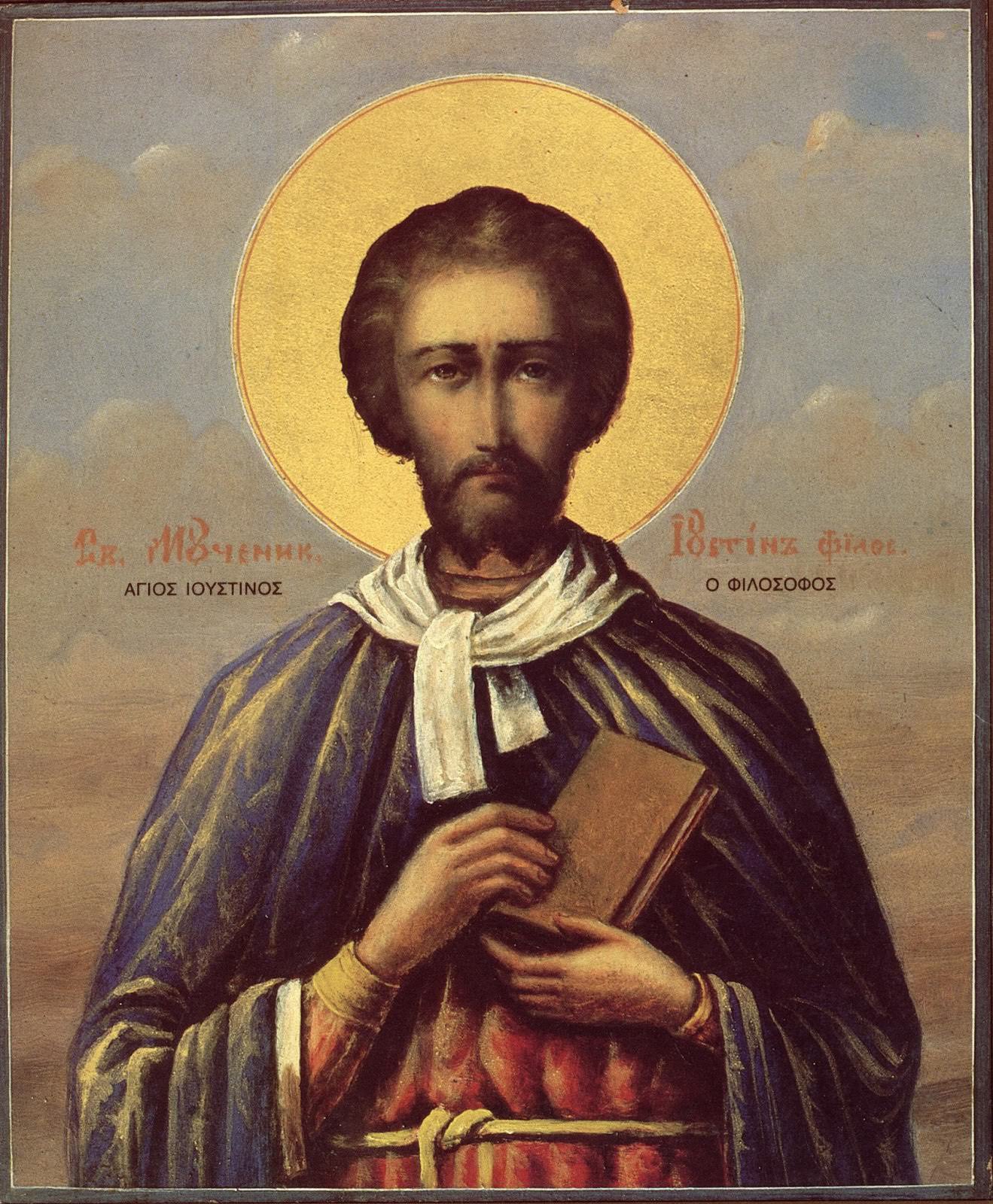After the persecutions of the Christians stopped in the third century AD. Monasticism became very popular. People wanted to escape the world of the Romans and to seclude themselves to be devoted to God. There are two main types of monks, eremitec and cenobitic monks. Eremite monks were hermits who secluded themselves in the desert. The bishops of the church discouraged this kind of monasticism because it often lead to strange kinds of penance. There were also the Sarabite monks who lived on pillars for their entire lives. Children would climb up to give them food and people came to seek their advice since they were considered to be wise. The church did not approve of this kind of monasticism, but the kind of monasticism they preferred were the cenobitic monks.
This is where a group of monks seclude themselves to be devoted to God. They also contributed greatly to society. Many historians say that the monks probably saved agriculture, since the Roman view was that physical labor was bad and that only slaves did physical labor. The monks proved that labor was not bad and that it should instead be honored. The monasteries also became full of advanced crafts such as metallurgy, pottery, scribes and many other crafts that the monks used to support themselves. The cistern monasteries all had water wheels and machinery.

The average view that Christians took on Greek philosophy was that Greek philosophy could be read and practiced but that the things that went against Christianity would be ignored, such as Plato’s idea that the soul existed before your body. Many old Christian leaders admired the work of the old philosophers such as Saint. Justin Martyr. At one Christian school all old philosophy was taught except for the blatantly atheist ones like the atomists.